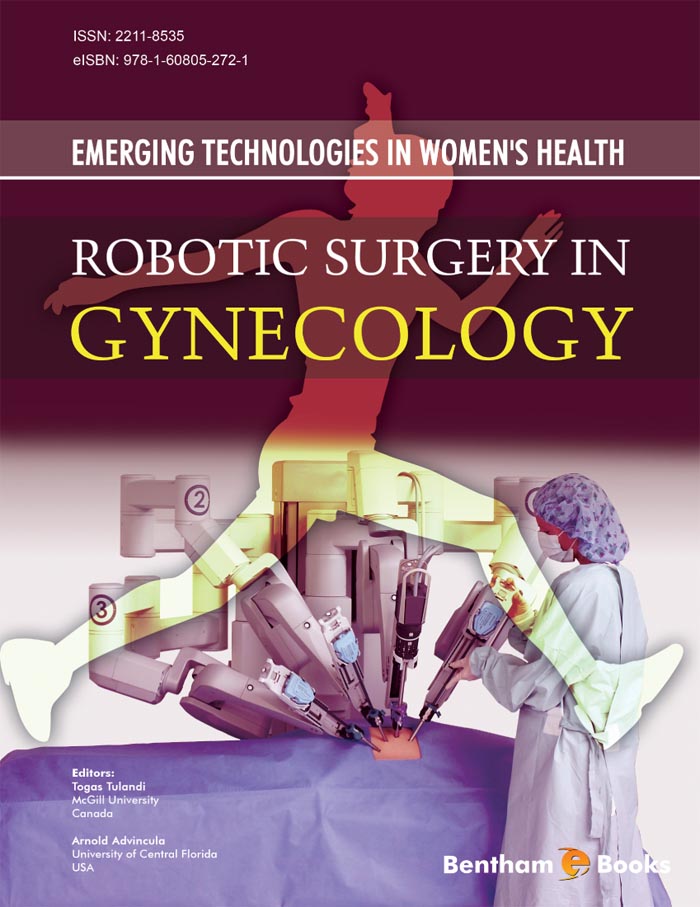Foreword
Professor Tulandi has to be congratulated for the present e-book about computer enhanced (robotics) in gynecology. As usual, he is right there in the frontiers of new and exciting developments!
This e-book is a timely and a very comprehensive contribution. Each of the authors is a trailblazer in this new discipline. The well-written chapters will assist the reader in embarking on the use of this fascinating development to help their patients. Any physician or patient interested in this new development will benefit immensely from reading this e-book. I like to congratulate him on this well-done job.
In 1986 and later in 1992, we stated that “wherever in the body a cavity exists or a cavity can be created, operative laparoscopy is indicated and probably preferable…. and that the main limitation to operative laparoscopy is the surgeon’s imagination….
Further, we presented the first laparoscopic bowel, bladder, and ureter resection and reanastomosis in videopresentations and abstracts in several meetings in 1989, including the annual meeting of ACOG held in Atlanta, the annual ASRM (previously AFS) meeting held in San Francisco, and the AAGL annual meeting in Washington, D.C. It was not until 2004, that following a randomized study with positive results titled “A comparison of laparoscopically assisted and open colectomy for colon cancer” in the New England Journal of Medicine that the editor of the journal, Dr. Pappas wrote: “Surgeons must progress beyond the traditional techniques of cutting and sewing, to a future in which minimal access to the abdominal cavity are only the beginning“. This proclamation came nearly nineteen years after the report of our first reported laparoscopic bowel resection. Today, there is a substantial body of evidence to support that the laparoscopic approach is the preferred method for practically all procedures that previously required laparotomy, including surgery for malignancies.
To date, despite all the proven advantages of minimally invasive surgery, most procedures like hysterectomies and bowel resections are done by laparotomy due to the lack of trained endoscopic surgeons and lack of proper instruments. The advent of computer enhanced technology incorporated into laparoscopic surgery will help in bringing significant changes. The DaVinci Robot developed by pioneer robotic scientists Ajit Shah and Phil Green, is an example of potentials of this technology. This “robot” enables visualization of the surgical field in three dimensions, eliminates tremors, has more wrist motions, and allows a quicker learning curve for suturing. I am certain it will convert more laparotomies to minimally invasive surgery.
This e-book will have a good place in history as it is one-of- a -kind in assisting many surgeons in helping their patients by doing less laparotomies and more minimally invasive surgeries. Congratulations again.
Camran Nezhat
Stanford University Medical Center
USA





